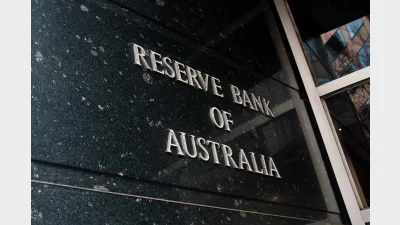Time to revisit fixed interest
Global consultancy Towers Watson has urged superannuation fund trustees to revisit their fixed interest allocations to ensure their configurations remain relevant.
In an analysis made public this week, Towers Watson said a prolonged period of inverted yield curves and tight credit spreads, followed by the global financial crisis and subsequent issues in global sovereign bond markets, had presented a challenging range of environments for fixed-income portfolios.
“If investors have not already done so, we believe that it is an appropriate time to revisit the objectives for this asset class and to ensure that portfolio and manager configurations remain fit for purpose,” the analysis said.
It said that trustees needed to consider more than just the percentage of their allocation towards bonds, and to also take account of duration and consequent exposure to risk factors.
On the question of active versus passive management, the Towers Watson analysis said there was no one-size-fits-all solution and that certain factors, including investor belief, comparative costs, complexity and fund size, had a large bearing on the issue.
Recommended for you
The central bank has announced the official cash rate decision for its November monetary policy meeting.
Australia’s maturing superannuation system delivers higher balances, fewer duplicate accounts and growing female asset share, but gaps and adequacy challenges remain.
Global volatility and offshore exposure have driven super funds to build US-dollar liquidity buffers, a new BNY paper has found.
Less than two in five Australians are confident they will have sufficient assets to retire and almost three-quarters admit they need to pay greater attention to their balance, according to ART research.









